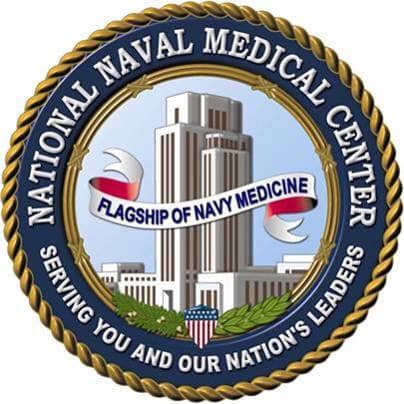Superficial and Open Wound Care Instructions
After the first day, remove bandage and begin daily wound care as follows:
• Cleanse wound gently with soap and water.
• Blot dry and apply Vaseline or antibiotic ointment.
• Cover with band-aid or non-stick gauze pad and paper tape.
There are no activity restrictions unless otherwise advised. Immediately change a sweat or water soaked bandage.
Special Considerations For Ear and Leg Wounds:
Compresses may speed healing and reduce infection risk. Saturate a gauze pad with a solution of 1 part vinegar with 3 parts water and apply to wound for 20 minutes daily.
Sutured/Stapled Wound (Non-Dissolving) Care Instructions
No strenuous activity or alcohol for 48 hours and no heavy exercise or lifting until after follow-up appointment in one week.
Use Tylenol for pain or discomfort.
Elevate area to reduce swelling, some bruising is normal and will fade.
Pool/salt water emersion is not recommended.
After 24- 48 hours, remove bandage and begin daily wound care as follows:
• Cleanse wound daily with soap and indirect water flow only.
• Blot dry and apply Vaseline or antibiotic ointment.
• Leave wound open or cover with band-aid or non-stick gauze pad and paper tape.
Special Considerations for Lip/Chin Wounds:
Try to keep wound as immobile as possible. Eat soft foods for 48 hours. No excessive stretching of wound for two weeks. Peridex mouth wash can assist with oral hygiene.
Sutured Wound (Dissolving Sutures) Care Instructions
No strenuous activity for 48 hours. Never allow dressing to become wet. No heavy exercise or sweating for one week.
After 24 hours you may remove the bulky white pressure dressing if there is one.
• Leave the flat brown dressing in place until your follow-up appointment in one week.
• Reinforce with additional paper tape as needed.
Skin Graft Wound Care Instructions
No exertion, heavy lifting, straining or bending over after surgery.
Take Tylenol for any pain or discomfort.
NO SMOKING! Smoking is detrimental to wound healing and may cause your graft to fail.
• Leave the dressing on the wound until your follow-up appointment.
• Never allow the dressing to wet with water or sweat
• If it becomes soiled or loose you may reinforce it with additional paper tape.
Swelling/Bruising
It is normal to have swelling and bruising around an operative site. Swelling peaks the day after surgery. Bruising may have delayed arrival and may linger for 10 days. Sudden painful swelling may indicate a hematoma, call your doctor immediately.
Bleeding
If bleeding occurs leave bandage in place and apply firm uninterrupted pressure for 20 minutes. Reapply pressure for an additional 20 minutes if necessary. For uncontrollable bleeding call Dr. Boyer, Dr. Ellison or Dr. Mori directly or go to the nearest hospital.
Pain
Post operative pain should peak on the night of surgery then slowly get better. A sudden or increase in pain after several days may indicate infection. Call the office or Dr. Boyer or Dr. Ellison if this occurs. Please call the office if you have any questions at (808) 521-1102 or for emergency concerns after-hours contact Dr. Boyer at (808) 478-6646, Dr. Ellison at (808) 554 1922, or Dr. Mori at (808) 429-1382.
Scar Maturation
Sutured wounds will have elevated scar lines that will begin to flatten in a few weeks. Firmness will resolve and can be improved by massaging the wound after the first month of healing. It is important to protect new scars from hyperpigmentation by using sunscreen. Scars take many months to mature and the final result may not be apparent until after one year. Numbness, itchiness and sensitivity to temperature changes can occur after surgery and may take up to 18 months to normalize.



